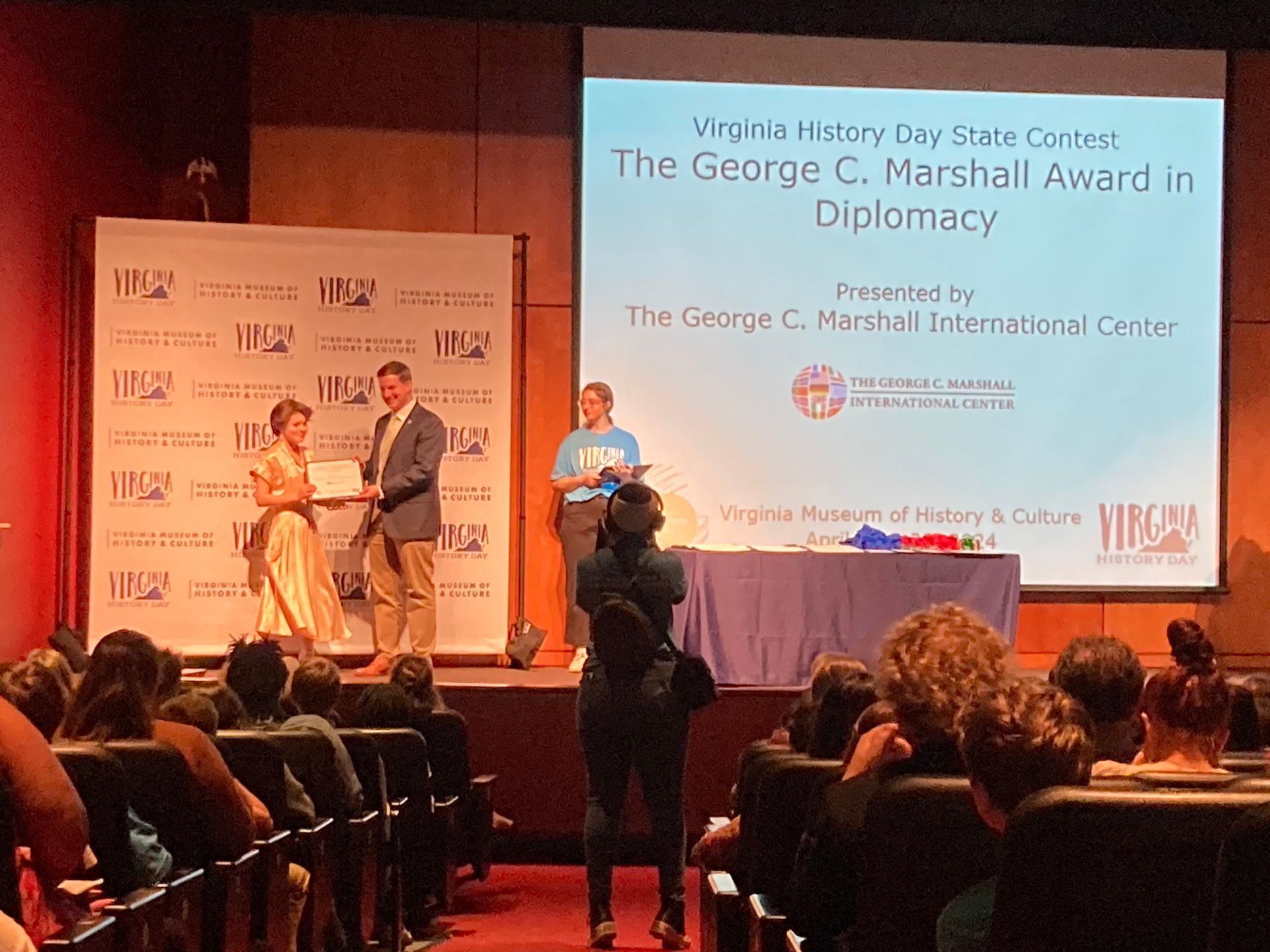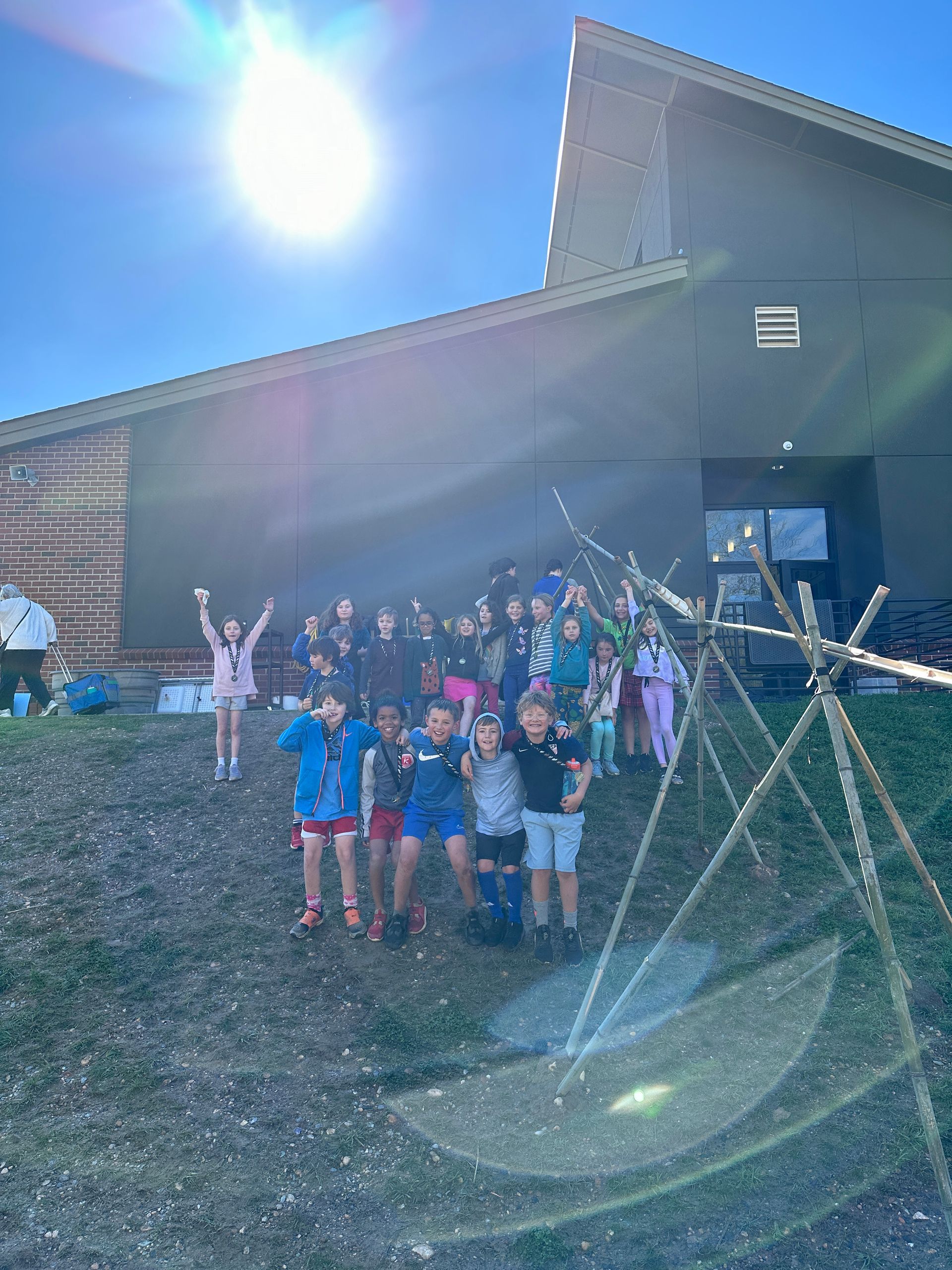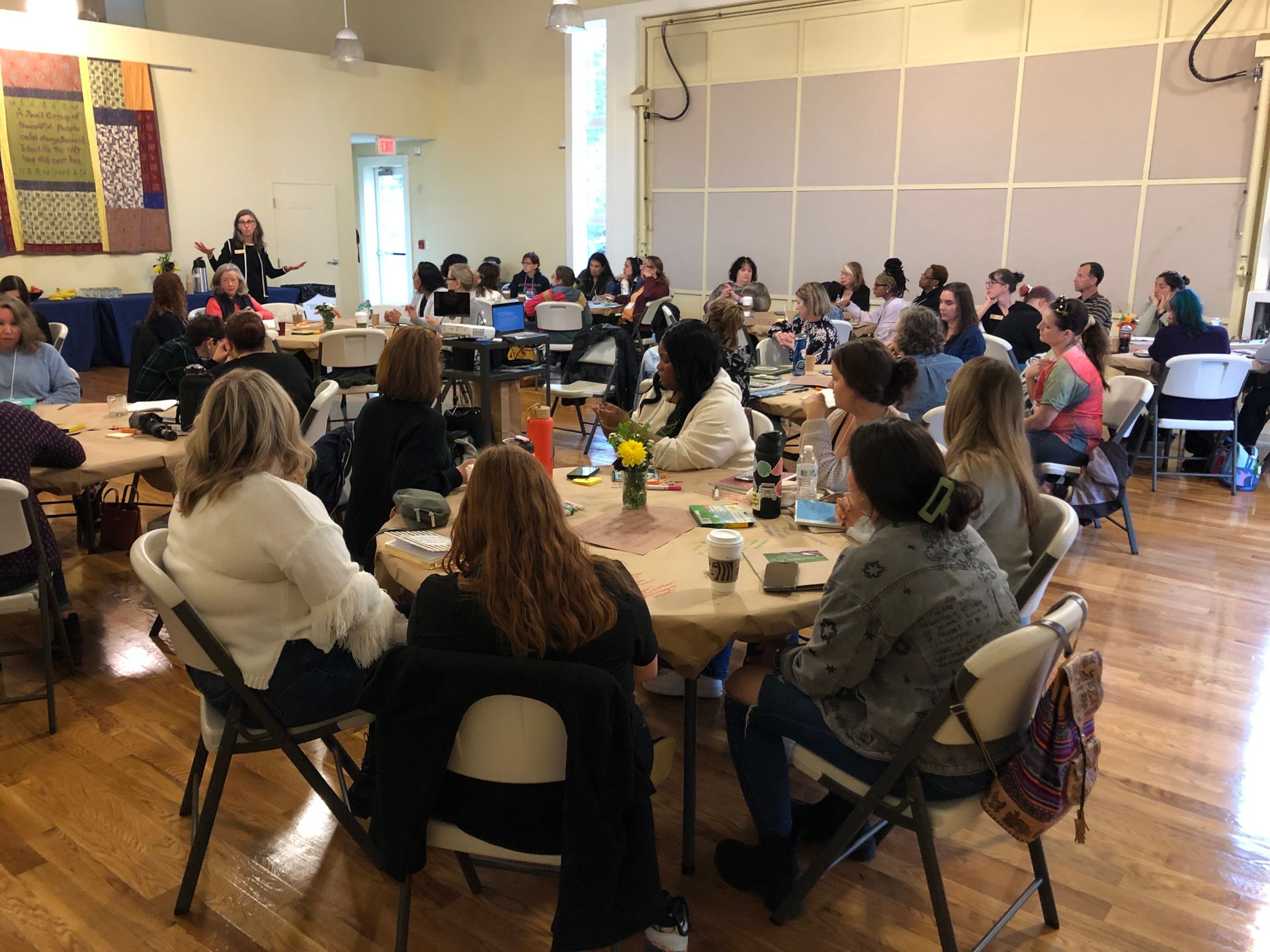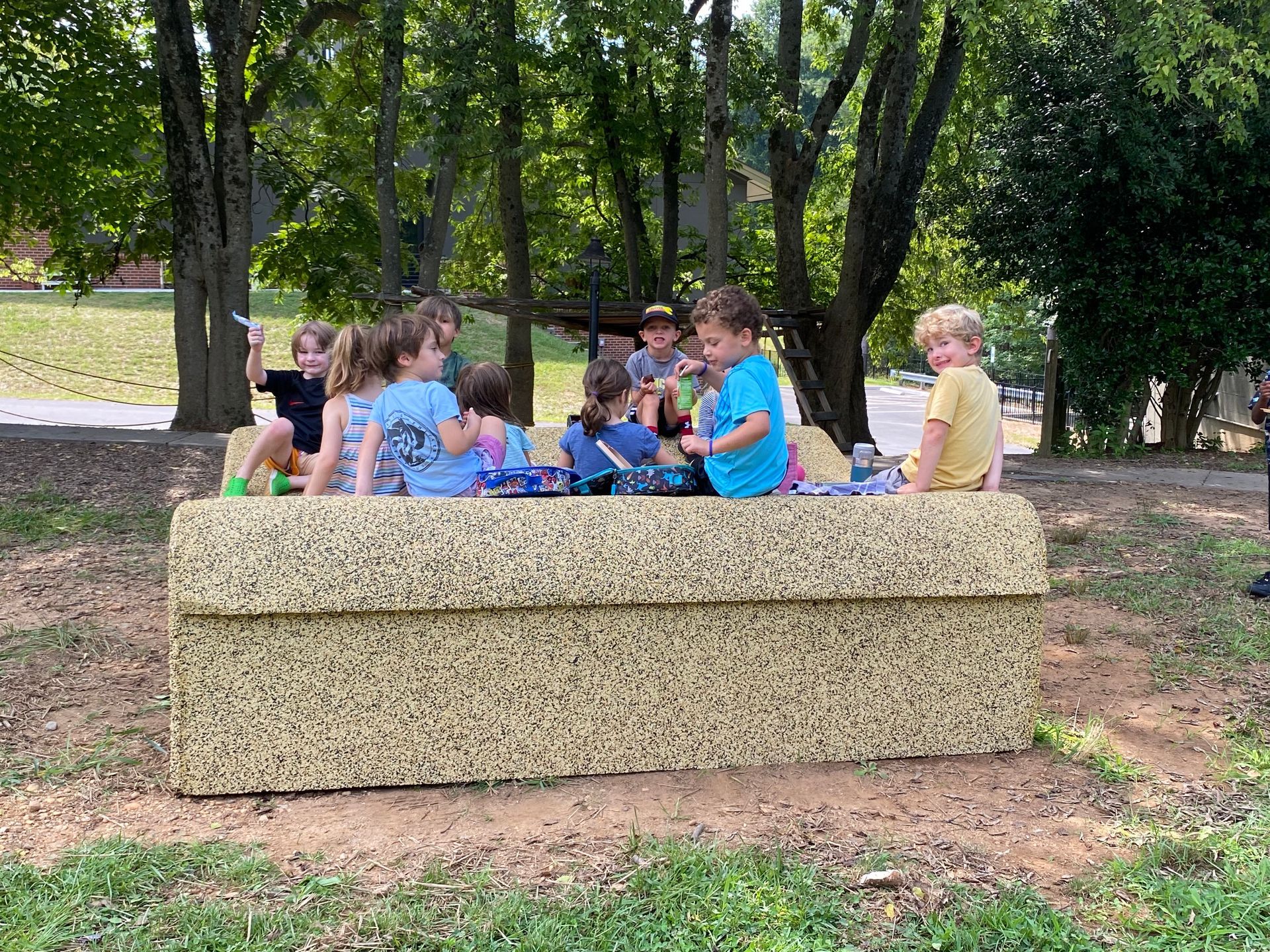Thoughts on the Playground Oak and Progressive Education
By Marty Gravett, Director of Early Childhood

Photo by rethink twice on Unsplash
An ancient bit of wisdom has been making its rounds in the media in recent years, “The best time to plant a tree is twenty years ago. The second best time is now.”
Every time I hear this quote, I think of children and their schools. Twenty years ago would have been the time to start a school, a school that would grow and have a positive impact on our social environment just like trees have an enormous impact on the natural environment. A progressive school.
At Sabot, we did just that. We planted that tree by expanding our Reggio-inspired education through to the 8th grade, a new seed of progressive education in Richmond, VA. And now, in this pandemic landscape, our task is not to plant but to keep watering. In this metaphor, the pandemic year could be reflected by a tree’s narrow growth rings. It could be one of those years where the tree will retract and take care of itself because the environment is lean and hard. But, curiously, that is not what is happening. We aren’t waiting out the challenge; instead, we are continuing to grow. In fact, this year has the natural effect that hard times give: new strength is forged.
The life of a tree has an ongoing, vital, and long-term effect on everything around it. Two summers ago, we used the algorithm for determining the age of a tree (the circumference times the growth factor for the species) and learned the white oak that shades Sabot’s preschool playground has stood in place for approximately 264 years; it was here before any of us, before our historic school building was someone’s home, even before the creation of our country.
We have not heard stories in which the Sabot oak figures importantly in the life of the historic, Tudor-style house and campus; yet we know the kitchen staff and the children sat on the back steps and snapped green beans in the summer. And we can infer that even at 200-years-old, the tree was then providing much of the same solid, cool shade it now provides in the summer. We have observed that every few years, there is a massive acorn crop that rains down, providing the children with infinite hours of delight in collecting, sorting, counting, multiplying, dumping, examining, scooping, and designing. In addition to this is the everyday pleasure the tree provides as children balance on its massive roots; try to climb its scaley bark; hide behind its huge trunk; and observe squirrels climbing its branches, birds lighting on its limbs, and chipmunks ducking into their tiny root-hidden homes.
A few years ago, both Sabot’s four-year-olds and second graders spent months exploring the life of trees. One idea among many that they both came to – the preschoolers through magical thinking and their budding understanding of scientific strategies and the second graders in academic research and solid testing of their ideas – was the theory that trees communicate with one another. This arboreal communication, albeit slow, very slow, is one that multiple points of research bear out. What if we think of the children in a progressive school setting like the discrete elements of communication between trees? Imagine children now absorbing and creating growth-inducing ideas, solid ideas that, like the trees, spread slowly but surely through children’s connection with one another and with others. In this imagining, the children help create a forest of connection, a greening presence that moves slowly out and around them, spreading the fulsome ideas they bring everywhere they travel.
The tree creates a culture of its own for safety, inclusion, pleasure, and inquiry. Can our school create such a culture for our children? A culture that grows slowly but lasts at least 264 years? I think this is exactly what progressive education offers. Loris Malaguzzi, the founding philosopher of the Reggio schools, is paraphrased in the American Journal of Play saying, “history can be changed, and is changed by taking possession of it, starting with the destiny of the children.”
When you plant a tree and allow it the space and the freedom to grow, decades later, the treeness of it will bring pleasure to future generations, providing joy and shelter and cool shade and a spirit of inquiry long beyond the life of the planter. For this reason, we must plant now. If we are already planting, let’s dig in with awareness and invite others to join. Let’s avoid the temptation to give way to what some call the factory model of education that still lives in America. Let’s consider what we are doing now to give children, like trees, the time they need to grow. Let’s provide the space and the opportunity to communicate with others. Trees share nutrients, let’s share our resources with children and encourage them to share resources with each other. Let’s embrace their glory, their brilliance, their fruition so that in the future, beyond even our time, there is a flourishing in our region… our country, one which reflects this spirit of communication and provides for this fertile culture of engagement that we so happily enjoy at Sabot.
The post Thoughts on the Playground Oak and Progressive Education appeared first on Sabot at Stony Point.
SHARE THIS POST

















